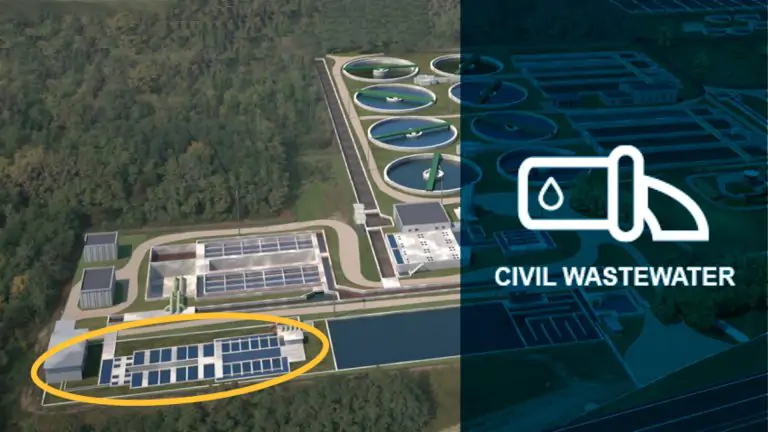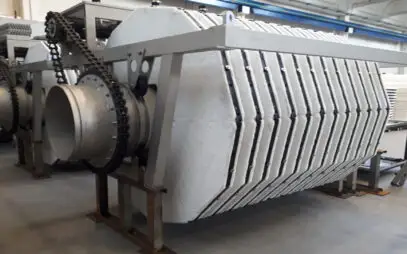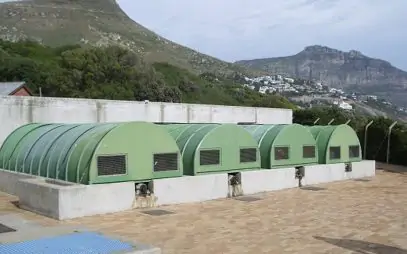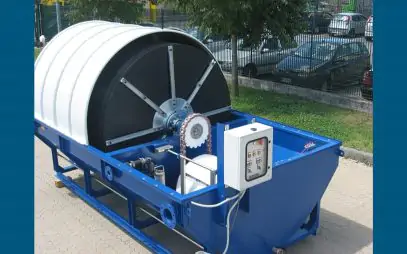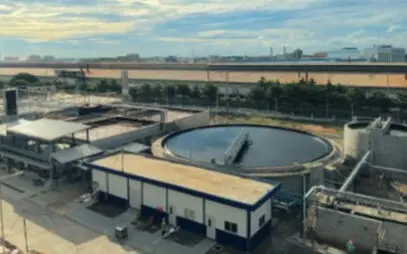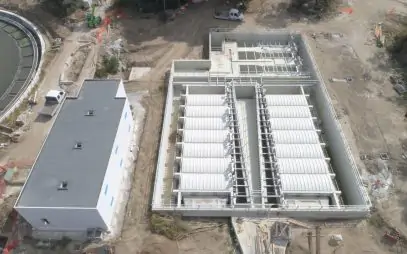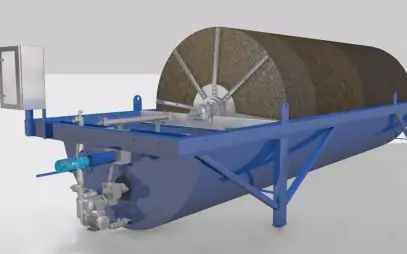MITA solutions for civil wastewater
Engineering firms, consultants, and contractors can seek support from MITA Water Technologies in the three main stages of civil wastewater treatments.
- For primary treatments: clarifiers and laminar pack de-oilers, flotation systems for separation of solids and liquids.
- For secondary treatments: rotating biological contactors (biodiscs) for oxidation with aerobic bacteria.
- For tertiary treatments: sand filters, free-fiber cloth filters (depth filtration), compact biocombi plants for small communities (biological treatments plus filtration).
We are also aware of how much our stakeholders need ongoing, pre- and post-installation support, so we offer services for the entire product life cycle. These include bench and field pilot testing, system upgrading and expansion, maintenance and spare parts.
